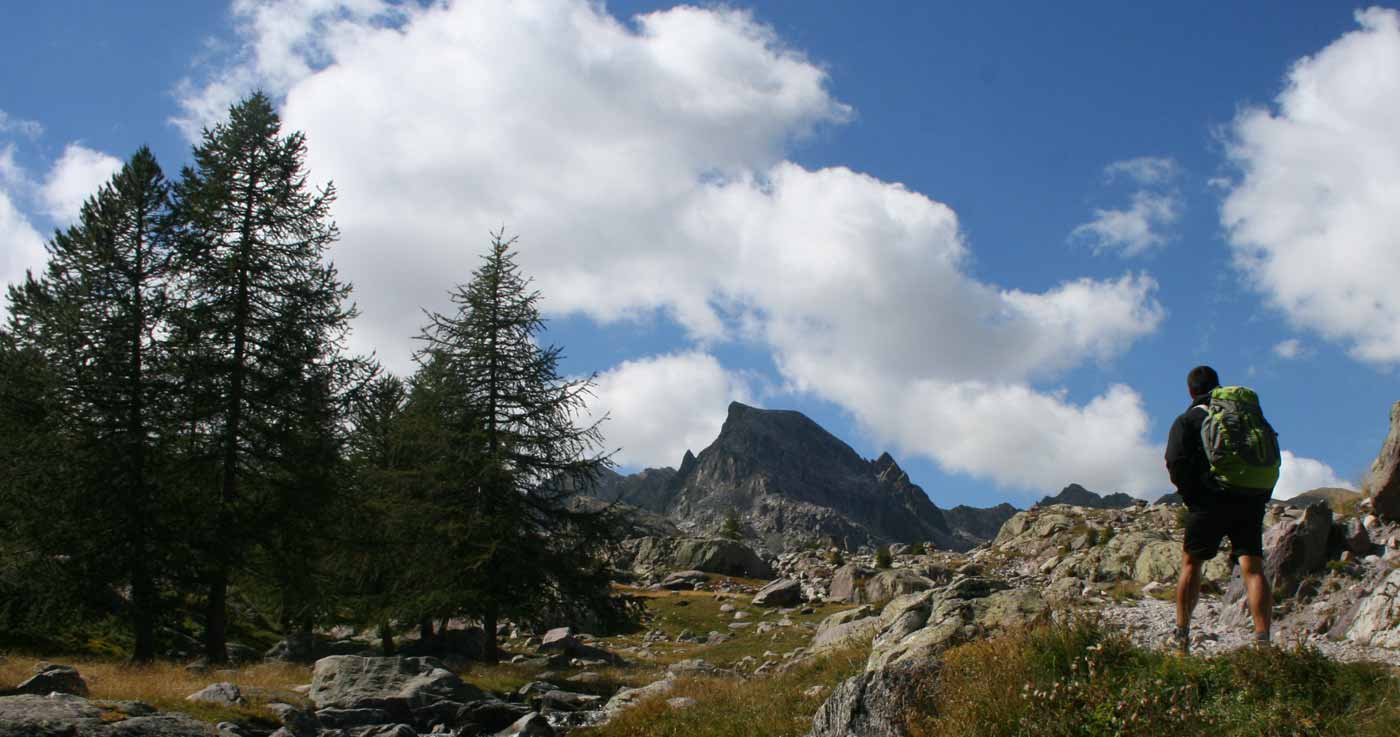Instruction and Information on Canyoning - Briefing on safety and safe conduct
Following the guide’s instructions on how to move and behave in the canyon is of the utmost importance. Failure to abide by these instructions may prove hazardous and cause accidents, for yourself and for other participants.
Progression:
Walking. We all walk, everyday, taking thousands of step. As a result, simply “walking” comes naturally to us, and we pay no attention to how we are doing it. Walking in a canyon, on rocks and wet surfaces, with water currents pushing against our legs, wearing clothing and equipment that we are not used to wearing, requires a great deal of attention, step after step. There is no hurry; the group will advance at the speed of the slowest member, therefore:
Do not jump from one rock to another or over obstacles; this could result in slipping and falling. To pass over vertical obstacles that do not require the use of a rope, sit on the edge of the obstacle and let yourself slide down slowly, or climb down. If you don’t feel up to it or are not sure about how to proceed, ask the guide for help.
Do not run, even if the conditions of the canyon bed allows it.
Keep at a distance of about one metre from the persona head of you.
Do not walk with your safety lanyards dangling from your harness. The karabiner must be hooked into the harness gear loops or the belay loop.
Jumping.
We may jump only into pools of water, only after the guide has provided the necessary instructions regarding how to jump, where to land and what to do after resurfacing. Therefore:
We jump only where we are sure that the water basin below us is free of obstructions.
Jump possibly from a standing and still position, pushing off the ground with one foot, while the other foot steps into the air, towards the water.
During the fall stage, maintain a vertical position.
Enter the water with your legs together and your knees slightly bent, ready to absorb the impact against the pool bottom if the water is not very deep of if you have erroneously jumped in the wrong direction. Keep your arms in, either along your sides or crossed over your chest. If you need to plug your nose, make sure to keep your bent elbow pressed in tight against your body and pointing downwards; grip your nose tightly.
Participants wearing glasses must take them off and place them inside the wetsuit before jumping.
Note: if the jump is into a turbulent pool, before you jump the guide will provide instructions regarding how to reach a safe spot. Furthermore, jumping is never obligatory; anyone not sure about wanting to jump can always descend using the rope or, where possible, go around the obstacle along the canyon bed.
Slides or “toboggans”.
Some canyons have natural waterslides created by the erosive action of the stones, earth and logs dragged by the current and by the chemical-physical action of the water itself. Where it is possible, sliding freely down these water toboggans is one of the best and most fun ways of advancing through a canyon. To face a waterslide safely, you must:
Reach the top of the waterslide cautiously after the guide has given you the okay to approach.
Sit at the top of the slide sitting down, your upper body tilted slightly backwards, keeping your legs together and straight. Keep your arms tight against your body, either crossing your arms over your chest with your hands on your shoulders, or straight along your sides, holding on to the belay loop on your harness.
While you are sliding down the toboggan, never open your legs or try to slow down using your hands and/or arms. Let your body slide on the rock and water lying down with your head raised slightly off the rock. If the conformation of the slide makes other positions possible, the guide will provide all the necessary instructions.
One you emerge in the water pool, move to the spot indicated by the guide or to another safe spot, away from the incoming trajectory.
Note: if the waterslide ends in a turbulent pool, before you slide the guide will provide instructions regarding how to reach a safe spot. Furthermore, toboggans are never obligatory; anyone not sure about wanting to slide can always descend using the rope or, where possible, go around the obstacle along the canyon bed.
Using ropes.
The safest way possible to navigate obstacles, be they horizontal or vertical, calls for the use of rope and safety harness, complete with safety lanyards and karabiners. Depending on the size of the group and the aptitude of each participant, the guide will decide whether to allow participants to use some of the gear, such as safety lanyards and descenders, autonomously, or whether to handle the abseiling gear directly, in which case the participant need only think about his/her body position while being lowered from above. During the briefing session that takes place just before entering the canyon, the guide will show you how to use the gear, based on the decision taken regarding abseiling;
Autonomous abseil (with double safety backup by the guide or by another participant, duly instructed)
Guided abseil
Swimming.
This is the last progression technique that may be required while canyoning. Some extremely aquatic canyons make knowing how to swim obligatory and essential; others, where the water level is secondary, require only that participants not be afraid of the water. A life vest to aid floating may be provided on request. Basic aquatic skills that may be required to cross turbulent pools and/or stronger currents will be taught as required.
The instructions provided in this document are not to be considered all-inclusive and must be implemented along with instructions provided during the safety briefing just before entering the canyon. Each canyon has unique characteristics, which may change, even quickly, based on weather conditions. Paying attention to the instructions and information provided by the guide, before and during the descent, is extremely important, so that your canyoning adventure is a marvellously and fun experience, and not a futile exposure to risk.
Unsafe conduct or behaviour not in line with the instructions provided by the guide constitute a safety hazard for you and for all other participants, exposing you to subjective risks that may lead to serious accidents and even death. These risks include:
Slipping.
Wrong trajectory while jumping and colliding with rocks or trees.
Wrong body position entering the water after jumping or sliding down a toboggan.
Falling from heights
Warning:
canyoning is an outdoor sports activity. Canyons are beautiful natural environments, but they are not hospitable for man; even a small accident may cause great difficulties and discomfort both for the injured person and for the group. Moreover, like all natural environments, canyons present a series of objective hazards that are inherent to the environment and that exist regardless of the behaviour of canyoneers.
The most significant of such risks are:
Falling rocks, trees or branches, animals or other objects, from above.
Sudden changes in weather conditions, temperature drops, rain and flash-floods, weather conditions not foreseen by the local weather forecasts.
Obstructions in the gorge bed or the presence of a dangerous animal, that force the group to exit the canyon, with all the difficulties inherent to emergency/unforeseen exit.
In case of accidents, the impossibility of immediate access by rescue teams and therefore the impossibility of evacuating the injured person quickly.
For safety reasons and if conditions permit it, the guide may decide to interrupt the descent at any time; participants agree not to oppose or attempt to influence any such decision, respecting the guide's role and favoring the serenity required to handle critical situations.
Canyon descents are not a race to see who is the best, the fastest, or the most fearless canyoneer. They are an opportunity to see, to touch, to experience a unique natural environment. Canyoning, or Canyoneering is an extremely gratifying and fun sport. The professional skills of our guides, combined with your sense of responsibility, will guaranty the safest possible descent.
Instruction and Information on Canyoning - Briefing on safety and safe conduct.





